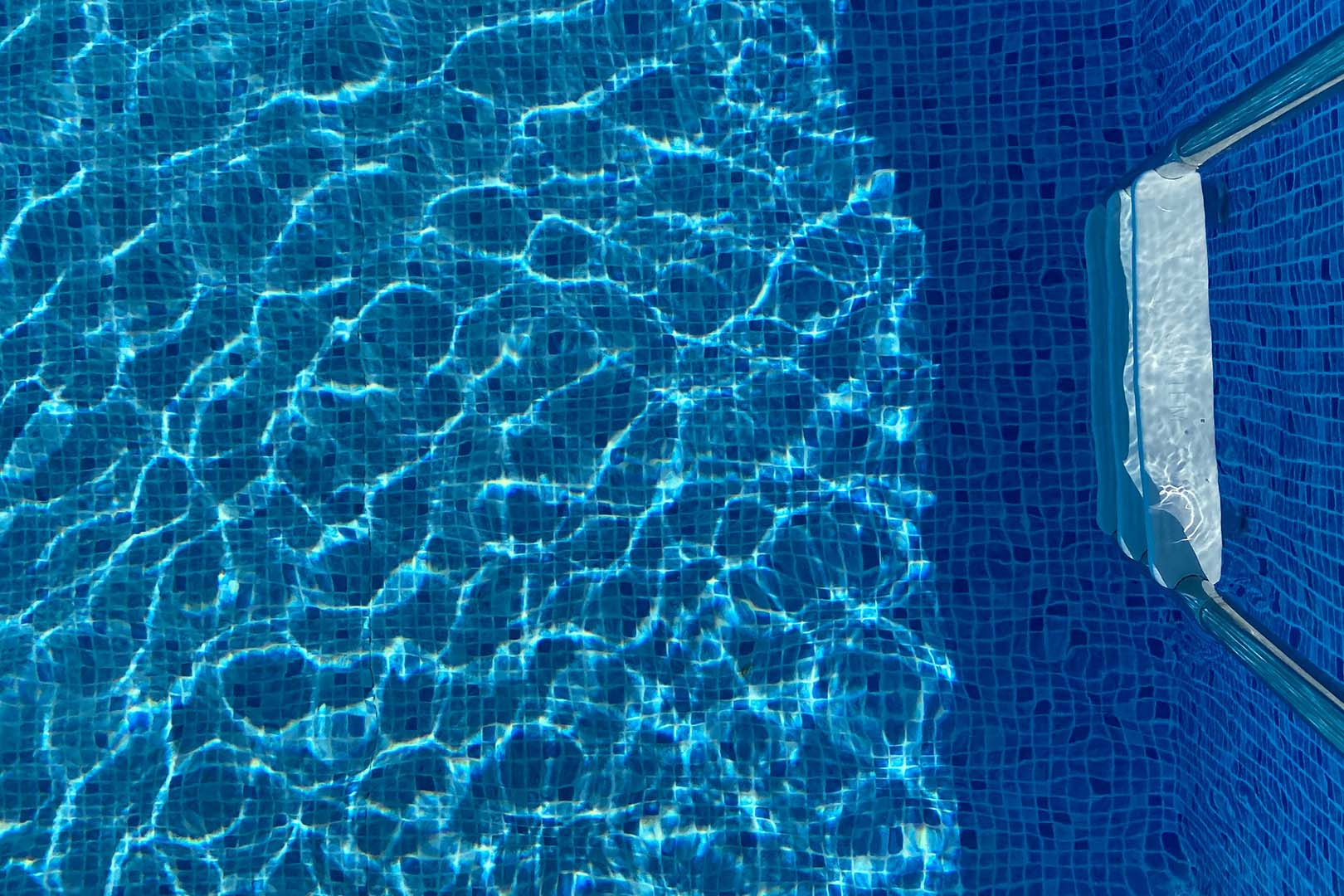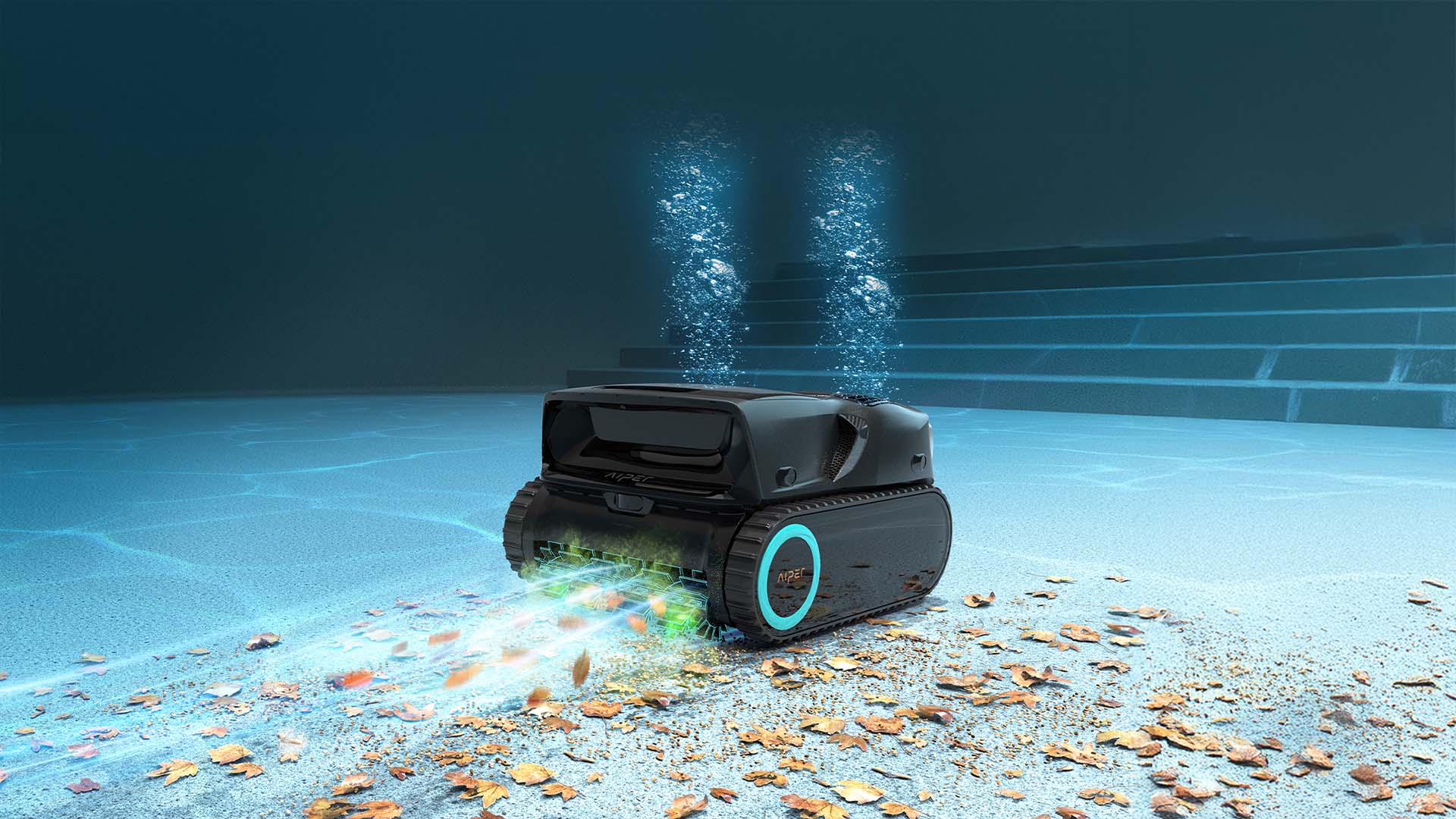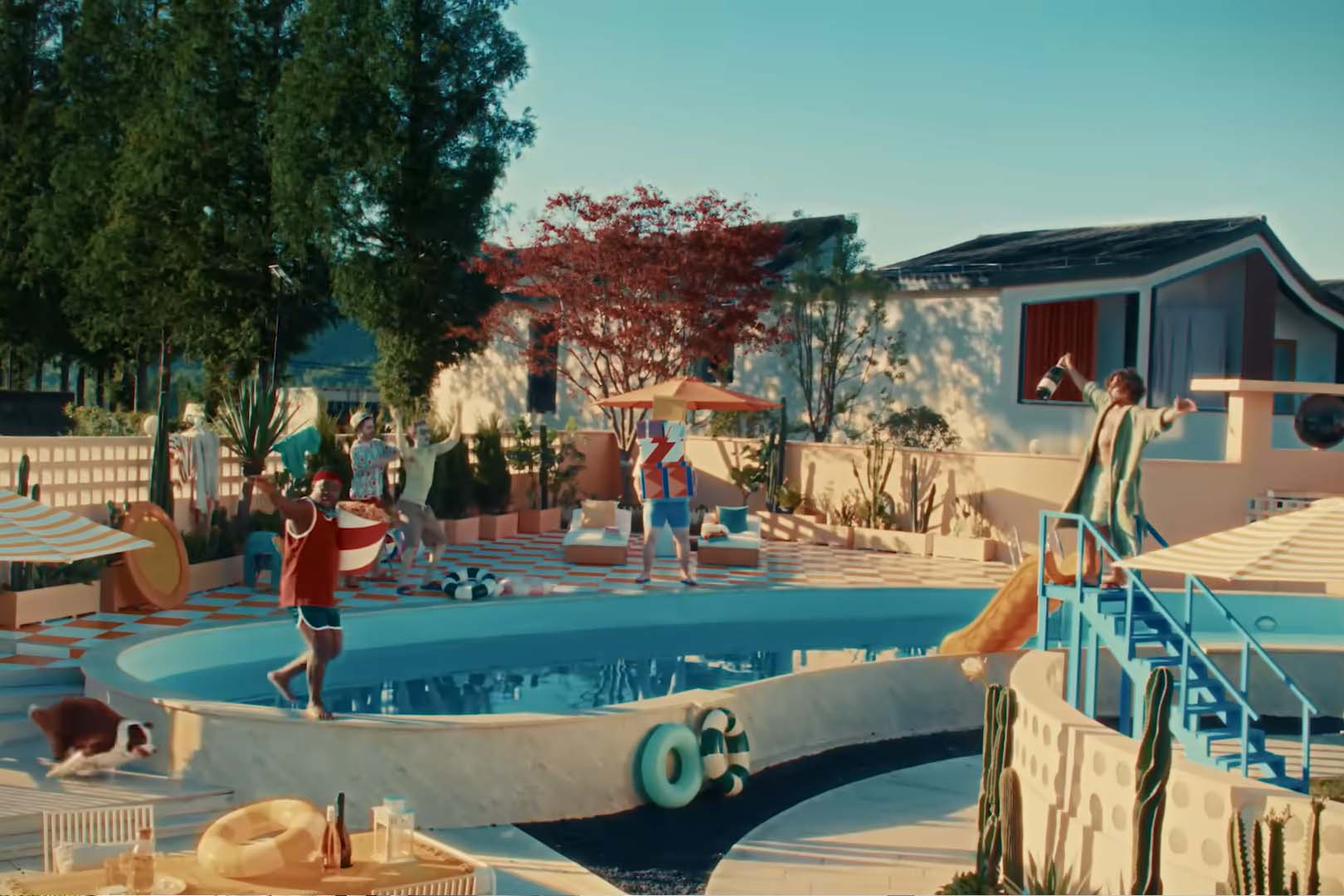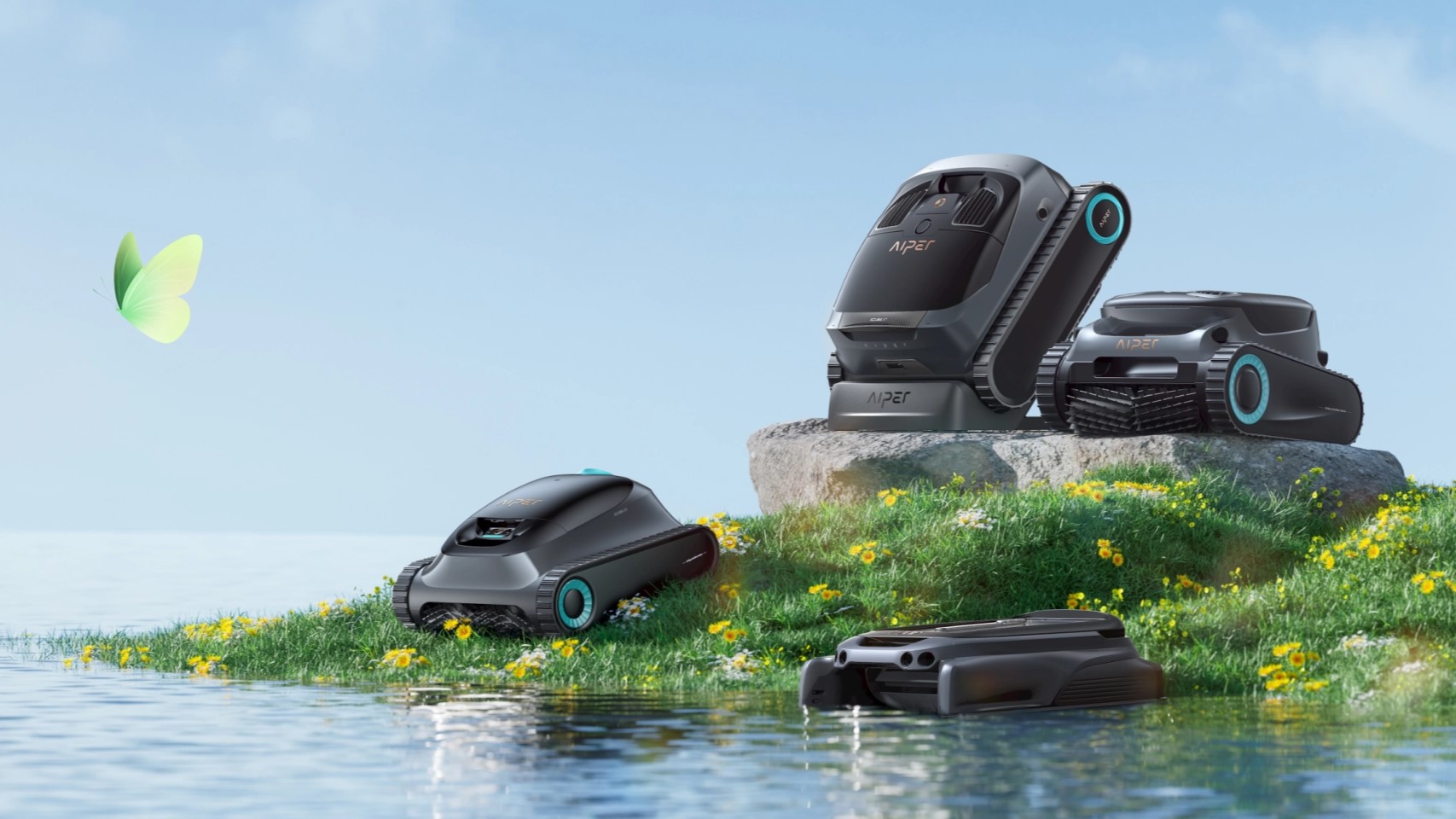
How to Do a Bucket Test for Pool Leaks: Step-by-Step Guide to Detect Water Loss
Have you noticed your pool water dropping whenever you go out for a swim? Are you unsure if it’s a leak or merely evaporation? Well,
Subscribe Now to Get AUD $15 Off Coupon

Having a swimming pool in your backyard can be a dream come true until the time comes to clean it. Due to the winds and other conditions, stains and grime are more likely to accumulate near the pool’s water line.
The waterline, also called the scum line, is one of the filthiest areas of your pool. The scum line is the layer where algae, bacteria, and biofilm are most likely to develop. These organisms are not easily wiped out when left in the water and pose a threat to some swimmers.
A pool wall with a lot of build-up is not aesthetically pleasing in the present, but it only gets worse with time. This buildup will eventually need a lot of effort to tear down.
Well, if you are one of those swimming pool owners wondering how to clean dirty pool walls efficiently, this article is for you!
Table of Contents
Both indoor and outdoor pools collect tiny bits of users’ skin and other external body debris. Although these bits are small, to begin with, they can become quite noticeable when they accumulate over time.
Humans and animals can bring various forms of contamination to the pool water, which can cause diseases and health complications. Bacteria from excretion can also cause serious health complications, such as diarrhea, eye infections, fever, and vomiting.
Some of the common contaminants found in swimming pools are saliva, skin scrapings, sweat, urine, hair, fecal matter, cosmetics, and ammonia. For outdoor pools, algae, dirt, bird droppings, leaves, and rain surface runoff are common contaminants.
Although indoor pools are not directly exposed to airborne contamination, inhalation from it can be harmful. Disinfection by-products (DBPs) from cleaning chemicals and disinfectants are more concerning in indoor pools.
To avoid these risks, pool owners should regularly maintain swimming pool water, pool sides, and waterline cleaning.
You will need:
Having the right equipment to clean your pool helps alleviate the problem. But what if we tell you there is a better way? Wall-climbing robotic pool cleaners have numerous benefits that can be considered when choosing a cleaner for your swimming pool.
Automatic pool cleaners with waterline cleaning features clean exceptionally well, accessing areas other manual cleaners cannot reach. Besides the bottom, they also clean walls and waterline areas for overall pool hygiene. In addition to their ability to clean comprehensively, Aiper robotic cleaners minimize the use of chemical treatments, thus making your pool environment-friendly.
After gathering all the cleaning materials, it is time for the real deal—the wall and Waterline cleaning.
Step around the pool and collect any toys left near it or related items. A long pool net is most suitable for cleaning up leaves, twigs, bugs, and other debris. Check the filtration system and equipment used in the pool to determine whether they are in good condition.
When debris gets past the skimmer basket, it accumulates in the pump basket. The pump basket should be cleared out at least once weekly or when complete. Remove the basket from the pump, then dump the trash.
After clearing the debris, the next step is to pump out the water left in the pool to determine the condition of the walls. Now, use a cleaning solution to remove the strains. Dropping the Waterline makes it easier to clean tiles.
Let the cleaning solution stay for a while before you scrub. For smooth pool walls, use a pool wall brush mounted to a telescopic pole to clean the walls. For tiled pool walls, use a tile brush with pool wall soap. After scrubbing, skim the pool and transfer garbage to the waste.
In addition to skimming and brushing, vacuuming the areas you might have missed is essential. Automatic pool vacuum cleaners with innovative climbing efficiency cut down on the time and effort required to clean the pool and make it available at any time.
Get your hands on the Aiper Scuba S1 and/or Scuba S1 Pro for perfect horizontal wall cleaning. These devices help prevent algae and bacteria from growing on the pool sides and walls, hence providing a healthier water environment.
Use a water test kit to ensure chemicals are not exceeding their limit for a healthier pool system. This can be done weekly.
Clean your pool walls as often as once a week to avoid spending too much time cleaning. If you do not clean your pool for a long time, algae can stick to the walls, and you may have a hard time removing the stains.
When you’re done cleaning the pool, it is essential to:
Moreover, when your pool is maintained well, you can organize a pool party at short notice!
Cleaning the pool walls on a frequent basis can help prevent the formation of tough stains and algae. It also helps you get a long-lasting pool, and you will not be forced to spend a lot of money on maintenance and repairs in the future. With an Aiper wall-climbing pool cleaner, pool maintenance becomes more of a luxury than a burden, as one can easily maintain a well-kept swimming area without much effort.

Have you noticed your pool water dropping whenever you go out for a swim? Are you unsure if it’s a leak or merely evaporation? Well,

Are you tired of leaves littering up your pool every time you step out for a swim? The daily struggle of skimming leaves and cleaning

Imagine your pool buzzing with your friends having fun, laughter echoing around your backyard, and having the time of their lives. Want to make it

Spring is here, and it’s time to refresh your pool! Get that cover off and start cleaning your pool to enjoy upcoming fun-filled days. But

Imagine your pool surrounded by lush green trees, sparkling vividly and perfectly popping with beautiful landscaping, giving a natural vibe. Sounds relaxing, right? This blog
Aiper 2025. All Rights Reserved